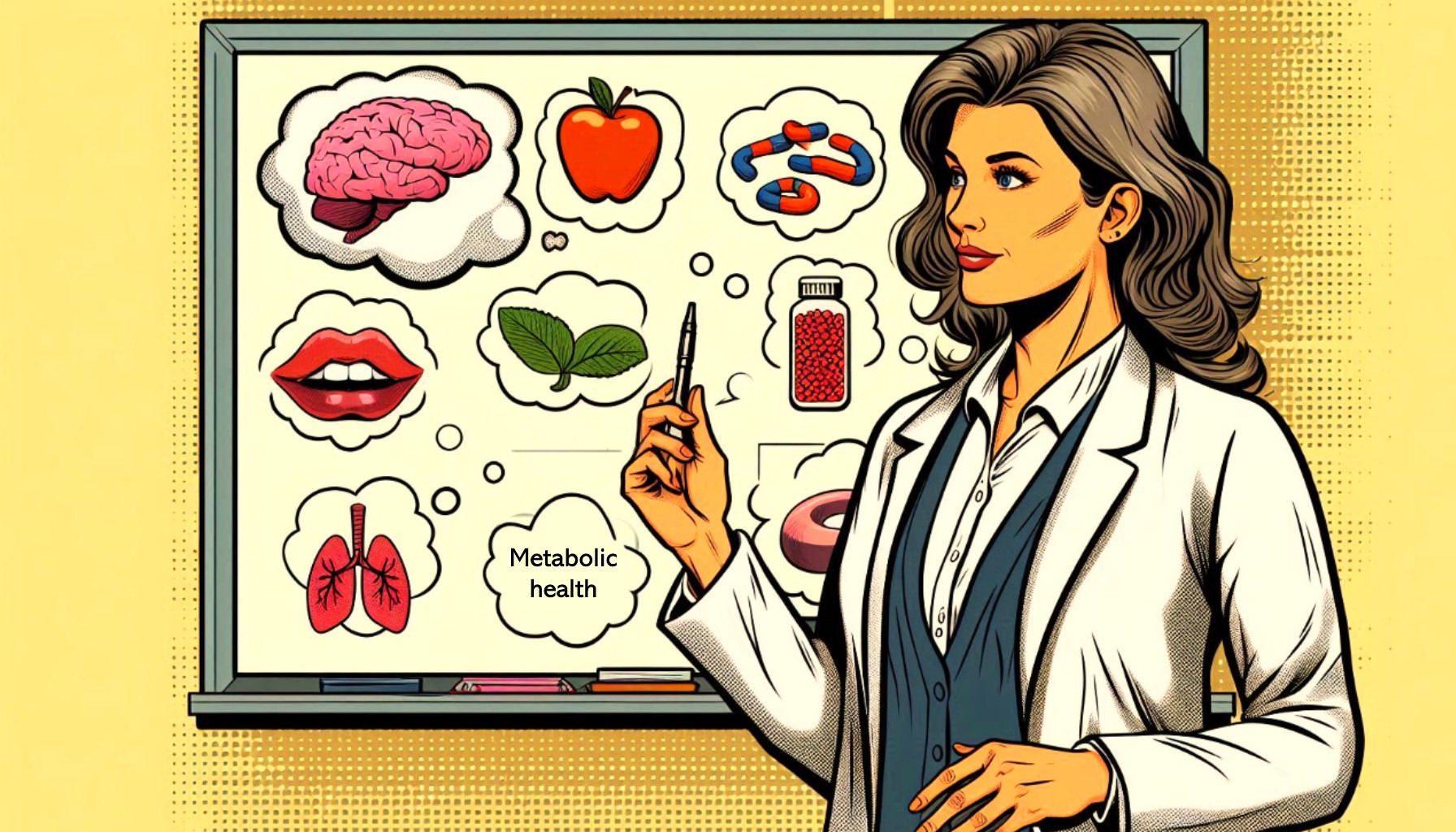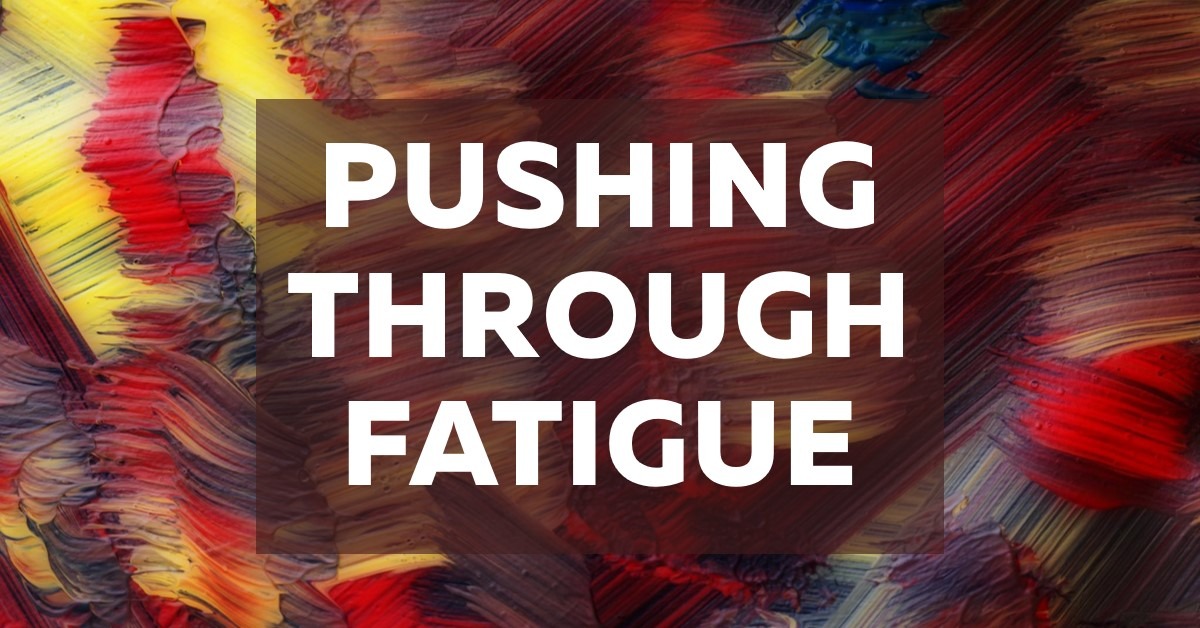Your cart is currently empty!
How to detox without the drama

Let’s clear something up right now, forget the fads. Healing isn’t about chasing extremes—it’s about returning to balance. Here, we don’t believe in punishing your body into wellness. You don’t need overpriced juices or 10-day cleanses to feel whole and you don’t need saving by a $200 juice cleanse, that you’ll probably do once.
What you do need, what most of us need, is a reset. A way to come back to center. Gently. Consistently. With respect for the miracle that is your body.
This guide walks you through what detoxing actually means from a biological and whole-person perspective, and how to support your body’s natural systems without extremes, shame, or struggle.
Your body already knows what to do
Your liver, kidneys, lymphatic system, digestive tract, lungs, and skin are detoxifying you every single day. Your job isn’t to “make them work”; it’s to stop getting in their way and start supporting them
Real detox is not a one-week event. It’s a lifestyle that reduces the daily load on your system while increasing the body’s ability to process and release. That’s healing. That’s transformation.
Let’s walk through how to do that, step by step.
Water: the most underrated Detox tool on earth
Hydration is your first sacred act of self-care. It keeps your cells nourished, your kidneys filtering, your gut moving, and your energy flowing. When you’re dehydrated or inadequately hydrated, your entire detox system slows down, especially your kidneys and lymph system. Water moves toxins out through urine, sweat, and stool. It also keeps your brain alert and your energy steady.

What to do:
- Aim for half your body weight in ounces of fluid daily. If you weigh 160 lbs., shoot for 80 oz.
- Add lemon, ginger, or chlorophyll for a gentle boost.
- Sip throughout the day, don’t chug all at once.
- Support hydration with water-rich foods like cucumbers, watermelons, oranges, and berries.
Food as Fuel: Real food for real detox
You don’t need to starve to “cleanse.” In fact, real detox requires nutrients, such as amino acids, minerals, antioxidants, and fiber. Whole foods provide the raw materials your liver needs to do its job.
Restrictive detox diets often miss the mark. They can slow your metabolism and stress your nervous system. We’re not here for that.
What to eat for real detox support
- Cruciferous veggies (broccoli, cauliflower, cabbage, kale) contain glucosinolates that activate liver detoxification.
- High-fiber foods (bean, oats, chia seeds, apples) bind to waste in the gut and sweep it out.
- Color your plate with berries, greens, and deeply pigmented produce. Antioxidants are your cell’s bodyguards.
- Healthy fats (avocados, olive oil, flaxseeds) → reduce inflammation and support bile flow.
- Reduce processed junk and sugar. They clutter your system and ignite inflammation.
- Fermented foods (kimchi, sauerkraut, kefir) → improve gut health and immune detox.
The key to lymph flow, movement
The lymphatic system doesn’t have a pump like your heart. It relies on movement to circulate. That means if you’re sedentary, waste builds up.
Movement is medicine when it’s aligned, mindful, and nourishing. Yoga, walking, dancing, basically anything that moves your lymph and breathes life into your body counts.
Here’s what works:
- Rebounding or brisk walking → stimulates lymph and circulation.
- Vibration plates
- Gentle yoga or stretching → supports digestion and reduces cortisol.
- Body brushing + hot/cold showers → help move lymph and awaken the skin’s detox pathways.
No need to overdo it, unless you want to and that’s okay. It’s key to move daily, break a sweat and focus on flow, not force.
Sleep is the Brain’s detox period

While you sleep, your brain activates its glymphatic system, a waste clearance system that flushes out toxins, including beta-amyloid, which is linked to cognitive decline. No sleep = no reset.
Sacred Pause: Aim for 6-9 hours of good sleep. Wind down with intention: lights low, tech off, and a calming routine that signals your body it’s safe to rest. Think herbal tea, breathwork, or a warm bath. Not doomscrolling.
Mental & Emotional Detox: What You Don’t Release, You Store
You can’t detox your body and ignore your mind. Slowing down is a radical act of self-respect. Mental overwhelm creates stress, and stress over time leads to inflammation.
Toxicity isn’t just physical. Emotional residue from stress, grief, resentment, and burnout, can linger in the nervous system. It shows up in your body as tension, fatigue, illness, and inflammation.
Clearing your mind and regulating your emotions is detox in its truest sense.
Practices to try:
- Breathwork + Meditation – daily practice, 5 minutes of intentional mindfulness calms the nervous system and even anchors awareness.
- Mindful eating – sit down, slow down, chew. Notice your food. Presence improves digestion and breaks the binge/crash cycle.
- Unplug – Reclaim your presence by setting digital boundaries. Create screen-free zones. Social media overload dysregulates your brain and spikes cortisol (something you don’t want).
- Write it or voice it out – use journaling to process, name, and release what’s weighing on you.
The Bottom Line…
By shifting the focus from dramatic, short-lived interventions to gentle, sustainable habits, you can support your body’s innate ability to detoxify and cultivate a lasting sense of well-being. This drama-free approach respects your body’s wisdom and empowers you to build a foundation of health that will serve you long after the latest detox trend has faded.




